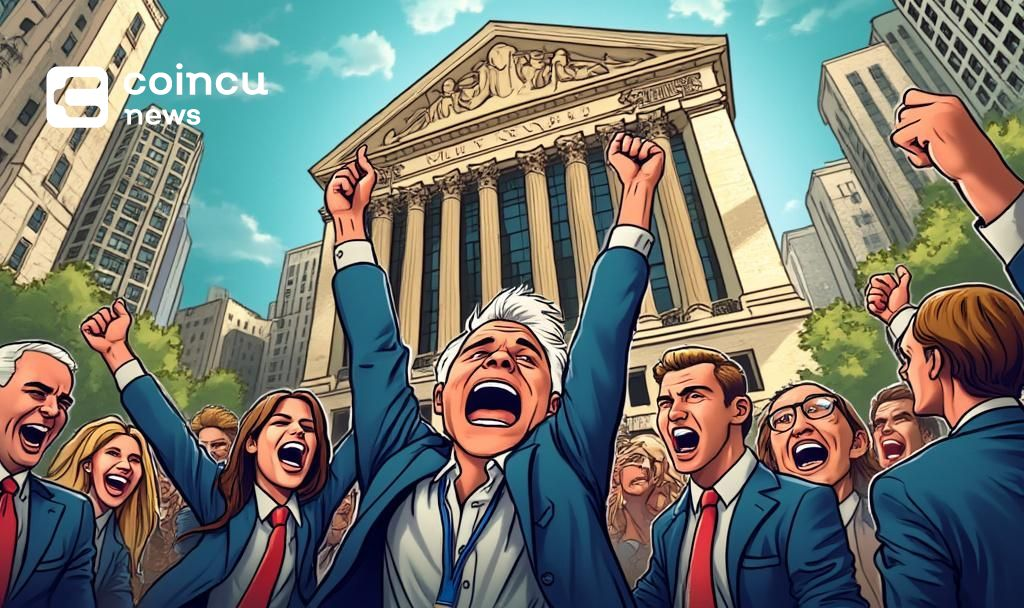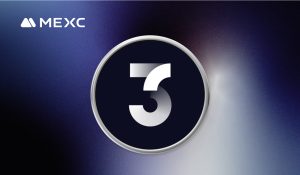$116419.589
At CoinCu News, we give both basic and in-depth articles on the latest news in the cryptocurrency and blockchain sectors.
Author
News
Blockchain Group Secures €6M to Expand Bitcoin Treasury With Adam Back and TOBAM
The Blockchain Group raises €6 million to grow its Bitcoin holdings, with support from Adam
Jul
NYSE Approves ProShares Ultra XRP ETF Listing on July 15
ProShares Ultra XRP ETF gains NYSE Arca approval, expanding XRP trading options on July 15.
Jul
Trump’s Alleged 100% Tariff on Russia Sparks Unverified Claims
No confirmation of Trump's 100% tariff on Russia. Cryptocurrency market remains unaffected amid unverified reports.
Jul
Standard Chartered Launches Bitcoin and Ethereum Spot Trading
Standard Chartered Bank's UK branch initiates Bitcoin and Ethereum spot trading for institutional clients, marking
Jul
Grayscale Submits Confidential IPO Draft to SEC
Grayscale submits a confidential IPO draft to SEC amid Bitcoin price surge.
Jul
Arcadia Finance Faces $2.5 Million Crypto Hack via Cross-Chain Bridge
Arcadia Finance hacked, losing $2.5M. Funds moved using cross-chain bridge. Investigations underway.
Jul
EU Prepares €72 Billion Counter-Tariff Threat to US Amid Trade Talks
EU readies €72 billion counter-tariffs against US if trade talks falter as the US imposes
Jul
Kazakhstan Eyes Crypto Assets for Reserve Inclusion
Kazakhstan plans to diversify national reserves by investing in crypto assets, reflecting broader adoption strategies.
Jul
Hong Kong Grants CMB International Virtual Asset Trading License
CMB International receives SFC approval for virtual asset services, pioneering Chinese bank brokerage in Hong
Jul
[tptn_list how_old="7" limit="5" title_length="0" heading="0" show_date="0" ]
[tptn_list how_old="30" limit="5" title_length="0" heading="0" show_date="0" ]




















